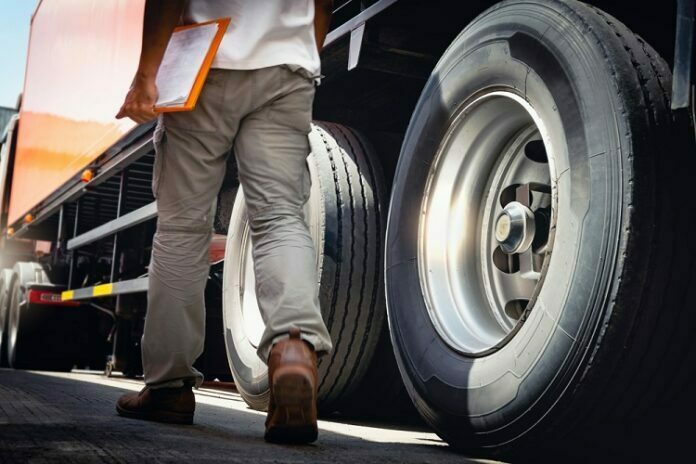Whenever you have new tires installed, the garage will also balance them to help ensure you have a smooth drive on the road. This is important since unbalanced tires could potentially cause you to lose control at a critical moment. However, there’s one issue: the physics of tire pressure and movement change drastically when you’re moving at 60MPH. A tire that’s well-balanced when at rest might deform under the heat and pressure of high performance.
This is why garages will also perform road force balancing. This is a special type of tire balancing designed specifically to address issues that might occur while going fast.
What causes tires to become unbalanced at high speeds, and how does road force balancing work? Let’s take a look!
Table of Contents
Why You Need Road Force Balancing
Have you ever been driving along smoothly, only to accelerate up to highway speed and notice a shimmy or vibration start up? That’s what happens if your tire hasn’t been properly balanced for road forces.
Basically, as the tire speeds up, it also heats up due to the pressure and nonstop friction against the road. Hot things expand, so with enough heat and pressure, the tire may start to deform slightly. This leads to an unbalanced tire, and a rougher – and more dangerous – drive.
Not every tire needs road force balancing, but it’s important for wheels that show problems at high speeds, or for owners with low-profile tires.
How Road Force Balancing Works
Unlike typical wheel balancing, which is done while the tire is motionless, road force balancing works with the wheels in motion. Trained technicians lift your car up, start the engine, and prepare to spin the tires up. Then large rollers are pressed directly against the tires as they spin. These rollers apply between 1,200 – 1,4000 pounds of force, to simulate the weight of the car on the road.
Under these conditions, the technician can see if the tire is prone to problems at higher speeds.
However, the changes in the tire’s structure can be slight, so the operator needs computer assistance. Special cameras and other monitors look for small variations in the radial runout, tire stiffness, and other physical properties. Based on this feedback, the technician can then make very small adjustments to the tire’s installation and balancing to correct any problems which occur.
In many cases, this is the best way to take care of any shimmies or vibrations when moving at high speeds. Owners also typically report a smoother and more responsive drive, which is a good thing, since high-speed driving is when it’s most important to have precise control over your vehicle!
Plus, road force balancing is inexpensive. Prices will vary a bit, but it’s typically only in the area of $25 per tire. That’s a small price to pay to improve your high-speed stability.
If you’re having problems when driving at high speeds, don’t ignore them. Visit your local tire shop for a road force balancing test, and that should take care of the problem!















